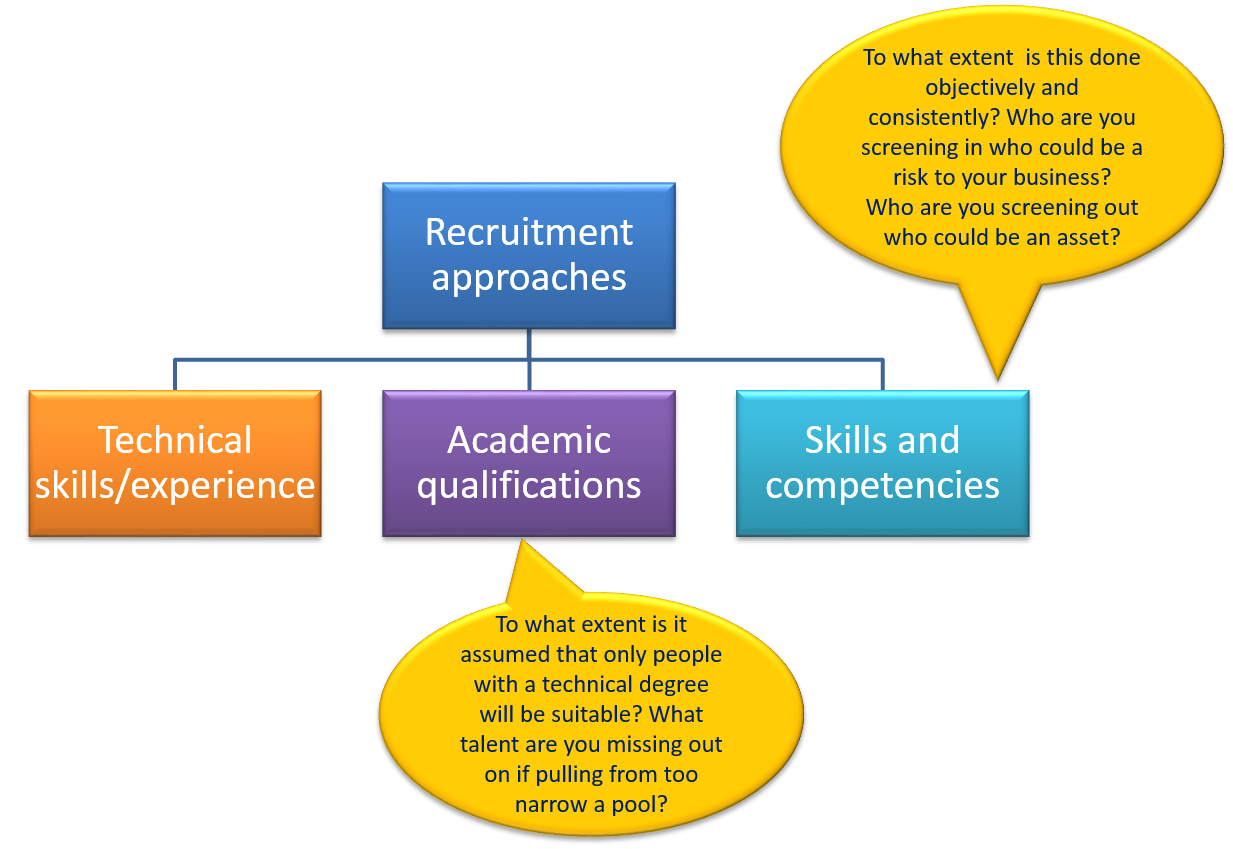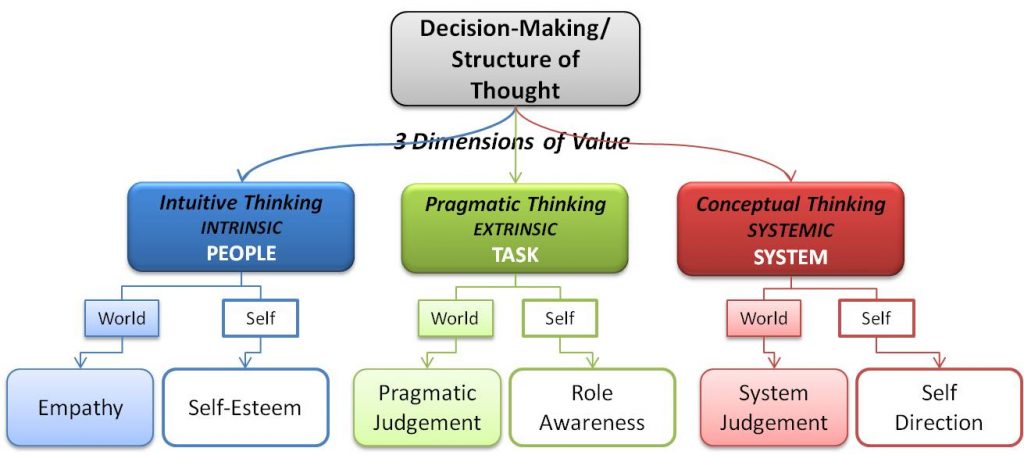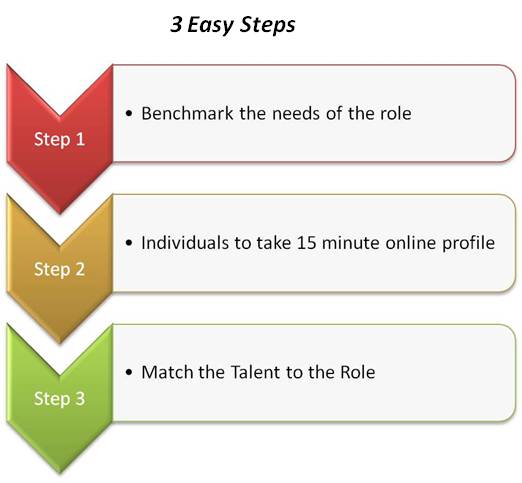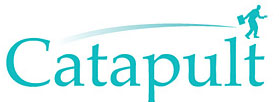Recruitment, On-boarding and Talent Development
 Typically these are the three traditional criteria that are used to recruit talent into organisations and into roles. Many organisations will use a battery of psychometric tests to support their decision- making.
Typically these are the three traditional criteria that are used to recruit talent into organisations and into roles. Many organisations will use a battery of psychometric tests to support their decision- making.
However, we believe that Axiometrics provides a more accurate and objective way of recruiting the right talent for your unique organisation, based on whether a potential employee will be able to access the talents needed to thrive in your business.
Axiometrics allows you to:
- Attract a strong pool of people into your sector/organisation
- Grow and develop these people in line with their individual development needs
- Guarantee that they will be an asset (and not a risk) to your organisation

Our approach is based on Value Science and the work of Dr. Robert S. Hartman. Living in National Socialist Germany, Hartman devoted his life to understanding whether it is possible to define and organise ‘good’ and why ‘good people do bad things’. He discovered that everyone has the same structure of thought and that these structures can be measured using the mathematics of transfinite sets to determine the extent to which an individual can fulfil ‘good’.
This was further developed into Axiometrics, a scientific, objective and reliable way of measuring how we value and the impact this has on how we organise our thinking and emotions to make decisions and, ultimately, behave. It has been vigorously, rigorously and empirically tested worldwide by both business people and academic psychologists. The valuing system is universal to everyone – does not discriminate on the basis of gender, age, creed or culture – and is approved by the Equal Employment Opportunities Commission.

Bespoke and future-focused
Creating a bespoke benchmark allows you to select attitudes, competencies and behaviours that would be strengths in a given role or organisation and de-select those that would be ‘toxic’. The resulting information will give you information about an individual’s:
Skills – identifies and measures competencies that discriminate between high and low performers
Talent – measure of how well an individual thinks and makes decisions; a measure of performance potential
Access– measure of how well an individual can utilise their talent in a specific environment
Attitude – measure of biases in one’s thinking that can increase or decrease their reliability to make accurate or reliable decisions
Use for:
- Attraction – use the benchmarked values, competencies and behaviours as a framework and language to build competence AND confidence in your young talent pool (schools, colleges, universities)
- Recruitment – screen applicants against an organisational or role benchmark to assess suitability for your organisation
- On-boarding – use outputs of benchmarking to identify on-boarding learning and development needs to provide targeted, cost-effective learning solutions tailored to individual development needs
- Personal development – use as a framework to identify development needs, set objectives and hold appraisals
- Talent lifecycle – use to guide talent management, succession planning and promotions
